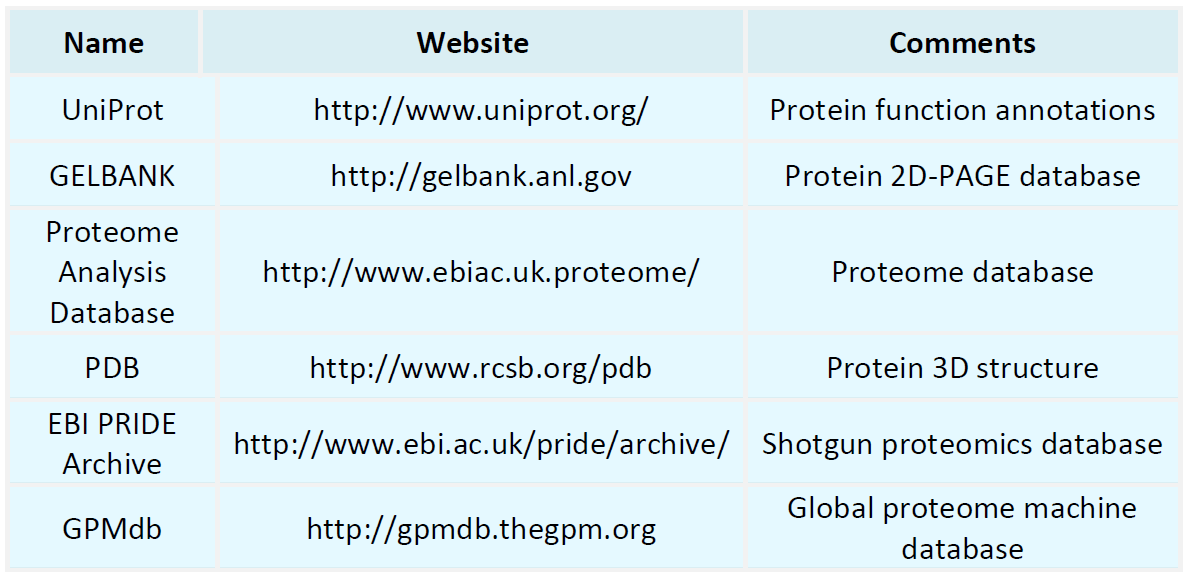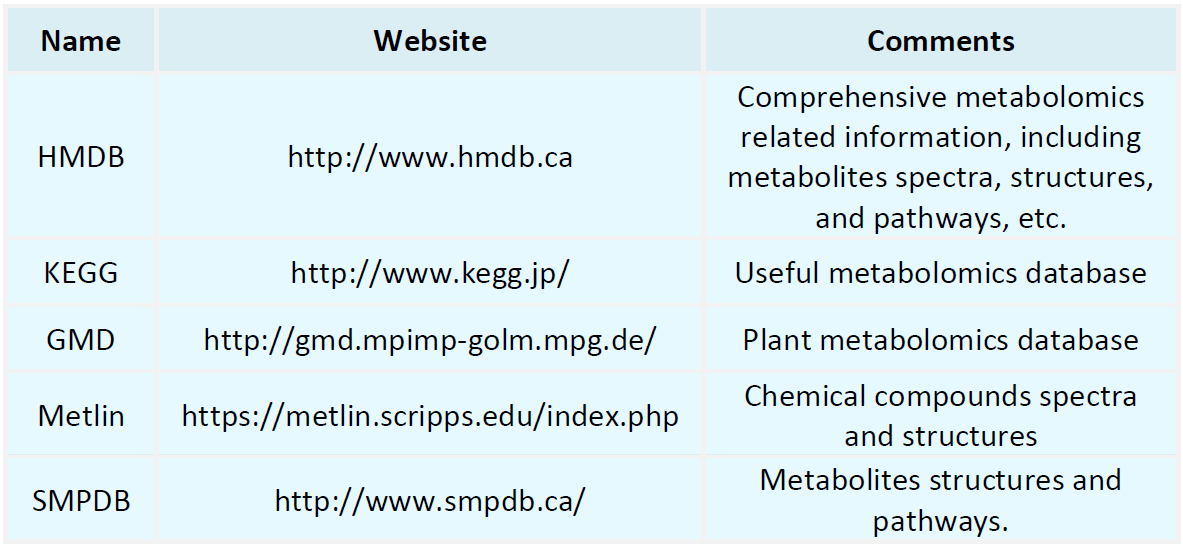Resources
Proteomics Databases

Metabolomics Databases

-
In proteomics, GO (Gene Ontology) analysis is a method used to comprehensively describe gene attributes and the functions of gene products. In a GO analysis result graph, the x-axis typically represents GO terms, while the y-axis usually indicates the number of genes or the enrichment ratio. The interpretation of these axes is essential for understanding gene function and its role within an organism, and should be guided by the specific annotations provided in the graph. GO analysis is categorized into.....
-
Antibody-Drug Conjugates (ADCs) represent an innovative class of targeted therapeutic agents, merging the specificity of monoclonal antibodies with the toxicity of small-molecule drugs. The effective design and optimization of ADC structures are paramount for maximizing therapeutic benefits while ensuring safety. This article offers a comprehensive examination of the structural components of ADCs and their critical role in biological sciences.
-
• What Aspects Does Conventional Proteomics Measure
Proteomics is a discipline that studies the quality, structure and function of proteins. Conventional proteomics usually studies the following aspects: 1. Protein Quantification Protein quantification is a crucial aspect of proteomics research. Through quantitative protein analysis, we can assess protein abundance and gain insights into their physiological roles. 2. Protein-Protein Interaction Studying protein-protein interactions provides insights into protein functions within cells and their network......
-
• Cell Sample Processing in Proteomics
1. Cell Separation The initial step involves the separation of cells, typically achieved through mechanical or enzymatic methods. Mechanical separation primarily involves physical methods to dissociate cells from tissue, whereas enzymatic separation utilizes enzymes to degrade intercellular connections. 2. Cell Disruption Following separation, cells require disruption to facilitate the extraction of intracellular proteins. Methods for cell disruption include sonication, freeze-thaw cycles, and chemical.....
-
• Can Blood Samples Be Used for Proteomics Analysis
Proteomics is a scientific field that studies the composition, function, and structure of all proteins. Analyzing proteomics in blood samples provides a scientific approach to identifying and quantifying potential biomarkers, which are critical for disease diagnosis, prognosis, and monitoring. Collection and Processing of Samples Blood samples are typically collected via venipuncture, then either preserved through freezing or processed by centrifugation, among other methods.
-
• PCF Spatial Single-Cell Proteomics
Single-cell proteomics is a scientific technique employed for the detection and quantification of proteins within individual cells. Recently, single-cell analysis has emerged as a vital tool in the realms of biology and drug development, particularly within the areas of cellular heterogeneity, developmental biology, and disease biology.
-
• Limitations of Existing Ion Sources in Proteomics Analysis
Proteomics is a scientific approach used to investigate the structure and function of proteins through large-scale identification and quantification. Ion sources are crucial in proteomics because they facilitate the ionization of proteins or peptides for subsequent analysis. However, this technique is subject to several limitations.
-
• Circular Dichroism Can Determine the Secondary Structure of Proteins
Circular Dichroism (CD) spectroscopy is a key technique for characterizing the primary, secondary, and partial tertiary structures of proteins. 1. Circular Dichroism and Protein Primary Structure While CD spectroscopy is not commonly used to determine the primary structure of proteins, it can provide insights by detecting changes in the near-UV spectrum. Specifically, shifts in peak positions can reflect alterations in the environment of aromatic amino acids, which may aid in analyzing the protein's........
-
• Proteomics Detection of Secreted Proteins
Proteomics, a key field within bioinformatics, aims to elucidate the fundamental mechanisms of life and the functional roles of proteins in biological processes by systematically analyzing the structure and function of an organism's entire protein repertoire. Proteomic methodologies have found extensive applications in the detection and characterization of secreted proteins. Secreted proteins are those released into the extracellular environment by cells via the secretory pathway, encompassing cytokines....
-
• CD Changes After Protein Aggregation
Protein aggregation is a widely observed phenomenon in biological sciences that alters the physical and chemical properties of proteins. Circular dichroism (CD) spectroscopy serves as a vital tool for investigating protein structural changes, particularly providing insights into the secondary structural characteristics of aggregated proteins. Alterations in Secondary Structure Following Aggregation Protein aggregation often induces modifications in secondary structure, such as the transition of α-helices...
How to order?







